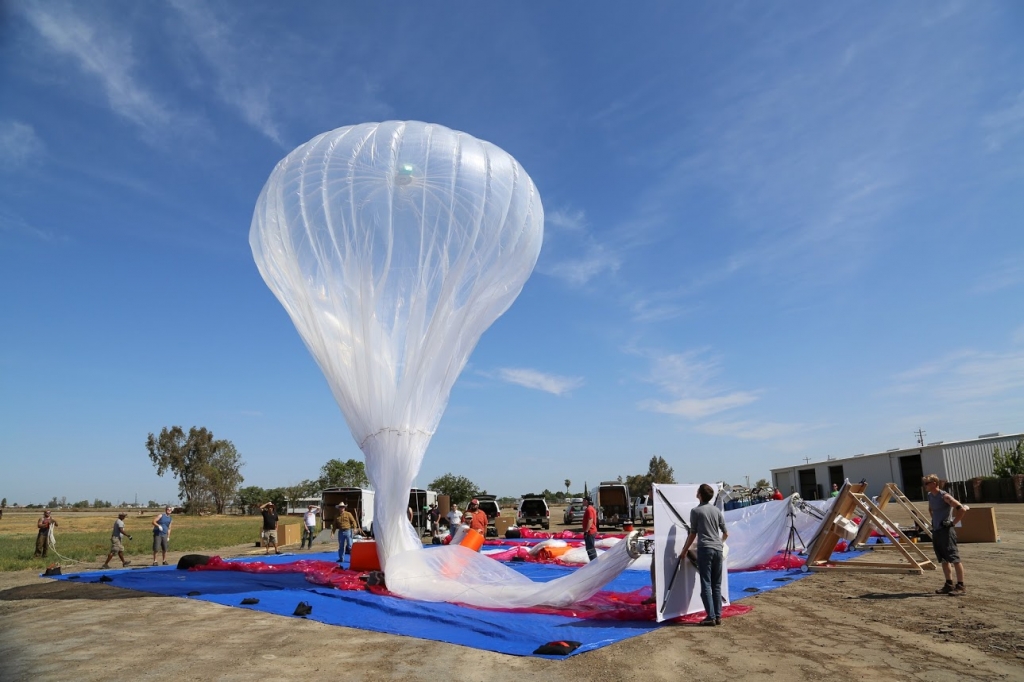-
Tips for becoming a good boxer - November 6, 2020
-
7 expert tips for making your hens night a memorable one - November 6, 2020
-
5 reasons to host your Christmas party on a cruise boat - November 6, 2020
-
What to do when you’re charged with a crime - November 6, 2020
-
Should you get one or multiple dogs? Here’s all you need to know - November 3, 2020
-
A Guide: How to Build Your Very Own Magic Mirror - February 14, 2019
-
Our Top Inspirational Baseball Stars - November 24, 2018
-
Five Tech Tools That Will Help You Turn Your Blog into a Business - November 24, 2018
-
How to Indulge on Vacation without Expanding Your Waist - November 9, 2018
-
5 Strategies for Businesses to Appeal to Today’s Increasingly Mobile-Crazed Customers - November 9, 2018
Google Loon brings universal internet access to Sri Lanka
Sri Lanka officials have signed an agreement with Google to launch the helium-filled, high-tech balloons above the Indian Ocean island in coming months, Samaraweera said.
Advertisement
The service will be provided with the aid of Google loon, a technology which provides internet to large areas using high-altitude balloons, Sri Lanka’s Daily Mirror reported. Said Mangala Samaraweera, Sri Lanka’s Foreign, Telecommunications, and IT Minister, during the agreement signing ceremony: “As a result of this agreement, the entire Sri Lankan island – every village from Dondra to Point Pedro – will be covered with affordable high speed internet using Google Loon’s balloon technology”.
According to Muhunthan Canagey, head of local authority the Information and Communication Technology Agency, Google is expected to finish sending up the balloons by next March.
Local Internet service providers, he said, will get a speed and quality boost once the project is active. To do so, Project Loon utilizes high tech balloons hovering twice as high as commercial airline routes, where they broadcast a 3G or LTE network, like that which most smartphones use for their internet connection, back down to earth. The effort started with a pilot program in Canterbury, New Zealand, with 30 balloons in the air and 50 testers on the ground.
The minister noted that “from this event onwards advertisements or headlines saying “Matara covered” or “Jaffna covered” will become a part of history”.
Advertisement
“Allow me to conclude by saying that I am proud to declare that we are at the cusp of reclaiming our heritage of being connected to each other and connected to the world”.





























